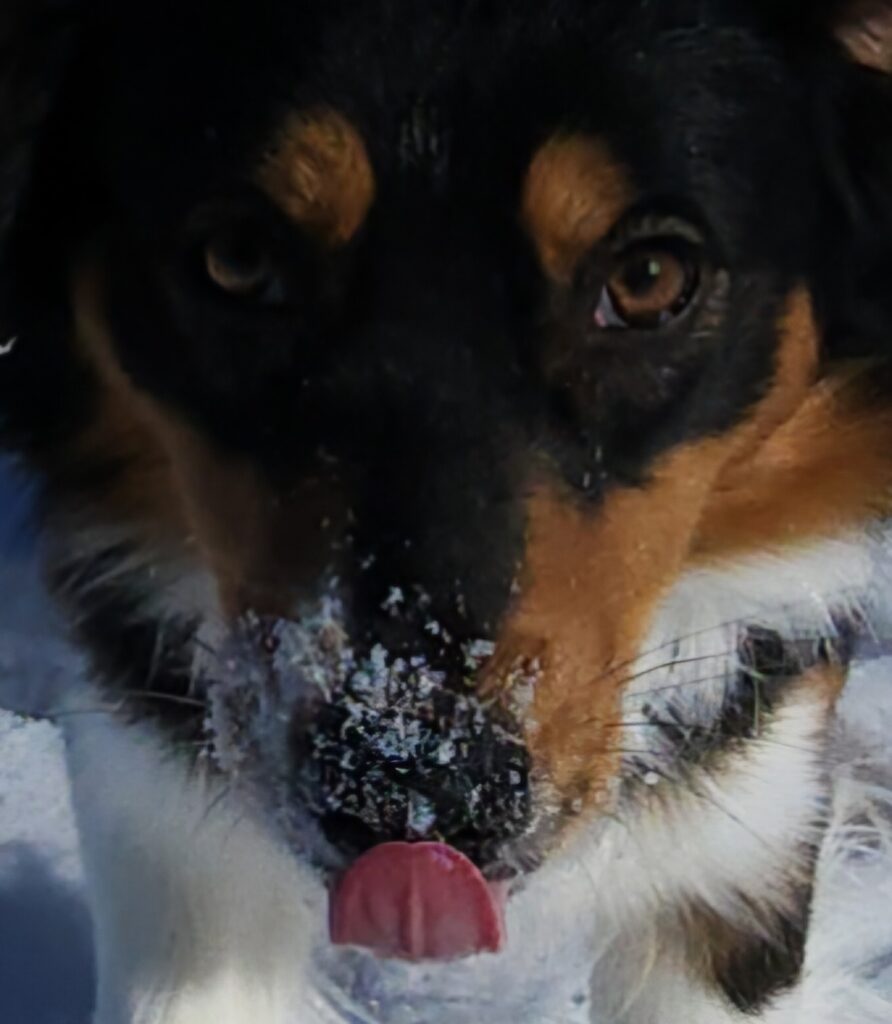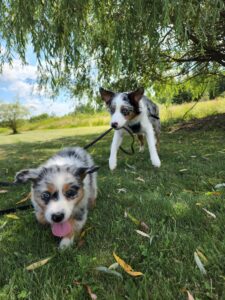With essential oils becoming increasingly popular, you may wonder are essential oils safe for dogs. Essential oils have been used for centuries, and their popularity continues to rise. While they may offer benefits for humans, pet owners should exercise caution when using them around animals. The safety of essential oils depends on several factors, including the concentration, formulation, and method of use. Direct application or ingestion should always be avoided. It is crucial to understand risks and take appropriate precautions to keep your pet safe. Always consult a veterinarian before introducing essential oils into your dog’s environment.
Potential Dangers of Essential Oils for Dogs
Respiratory Issues
Dogs are highly sensitive to airborne particles, and essential oil diffusers can release strong scents that may cause respiratory distress, especially in breeds prone to breathing problems.
Skin Irritation
Undiluted essential oils can cause skin irritation, redness, or discomfort when applied directly to a dog’s skin. Their delicate skin can react negatively to oils that may be safe for human use.
Ingestion Risks
Curious dogs may lick spilled oils or even ingest them from a diffuser. Some essential oils can be toxic if swallowed, leading to poisoning, vomiting, or severe health complications.
Allergic Reactions
Just like humans, dogs can have allergic reactions to certain essential oils, resulting in symptoms such as itching, swelling, or hives. Each dog’s sensitivity level varies, making it important to monitor their reactions.
Organ Damage
Prolonged or excessive exposure to some essential oils can cause damage to the liver and kidneys. Dogs process chemicals differently than humans, making them more vulnerable to toxicity.
Seizures and Tremors
Certain essential oils, such as tea tree and pennyroyal, can be toxic to dogs and may lead to seizures or tremors. Proper research and veterinary consultation are essential before using any essential oils near dogs.
Safe Practices for Using Essential Oil Diffusers Around Dogs
Dogs experience scents much more intensely than humans, and what smells pleasant to us might be overwhelming to them. Not all dogs react the same way to essential oils, so it’s essential to watch for signs of distress. If your dog appears uncomfortable or avoids the area, it’s best to stop using the diffuser. Follow these safety tips to minimize risks:
- Consult Your Vet – Always seek professional guidance before using essential oils around your dog.
- Dilute Properly – If an essential oil is approved for use, always dilute it with a carrier oil to reduce its intensity. A common dilution ratio is 1-3 drops per ounce of carrier oil.
- Avoid Direct Application – Never apply essential oils directly to your dog’s skin, as this can lead to irritation or allergic reactions.
- Do Not Administer Orally – Dogs metabolize substances differently, and ingesting essential oils can lead to toxic buildup and serious health risks.
- Use Passive Diffusers – Instead of active diffusers that disperse strong scents, opt for passive methods such as reed diffusers or placing a few drops on a cotton ball.
- Provide an Escape Route – Ensure your dog has the ability to leave the room if they find the scent overwhelming.
Essential Oils to Avoid Around Dogs
Some essential oils are particularly toxic to dogs and should be avoided entirely. If your dog comes into contact with these oils, wash the affected area immediately and consult the Pet Poison Helpline which is available 24/7. They will work with your veterinarian for treatment. Save the Pet Poison Helpline number (855-764-7661) in your cell phone so you have it in an emergency.
Here are some essential oils that are known to be harmful:
- Tea Tree (Melaleuca) Oil – Highly toxic and can cause vomiting, tremors, and seizures.
- Pennyroyal Oil – Known to cause severe liver and nervous system damage.
- Wintergreen Oil – Contains toxic compounds that can lead to breathing difficulties.
- Pine Oil – Can cause irritation, vomiting, and diarrhea if ingested.
- Cinnamon Oil – May lead to liver damage, vomiting, and skin irritation.
- Clove Oil – Can cause breathing problems and liver damage.
- Thyme Oil – Known to cause gastrointestinal distress and skin irritation.
- Citrus Oils – Can be irritating to a dog’s skin and digestive system.
- Eucalyptus Oil – Can lead to vomiting, excessive drooling, and breathing problems.
- Ylang-Ylang Oil – May cause nausea, excessive salivation, and skin irritation.
- Bitter Almond Oil – Contains cyanide and is highly toxic.
- Peppermint Oil – Can cause vomiting, diarrhea, and respiratory issues.
Should You Stop Using Your Diffuser?
Using an essential oil diffuser in a well-ventilated and pet-secured area for a short period is generally safe. However, for pets with respiratory issues, it’s best to avoid them entirely. Dogs have an acute sense of smell, and even mild scents can be overwhelming. If you choose to use a diffuser, ensure it’s placed out of reach and monitor your dog for any signs of distress.
Final Thoughts
Essential oils can provide therapeutic benefits, but they also pose risks to dogs if used improperly. Being aware of the potential dangers and following safety guidelines can help pet owners make informed decisions. Always prioritize your dog’s health by consulting a veterinarian before using essential oils in your home. When in doubt, err on the side of caution and choose pet-safe alternatives to create a comfortable and safe environment for your furry companion.








